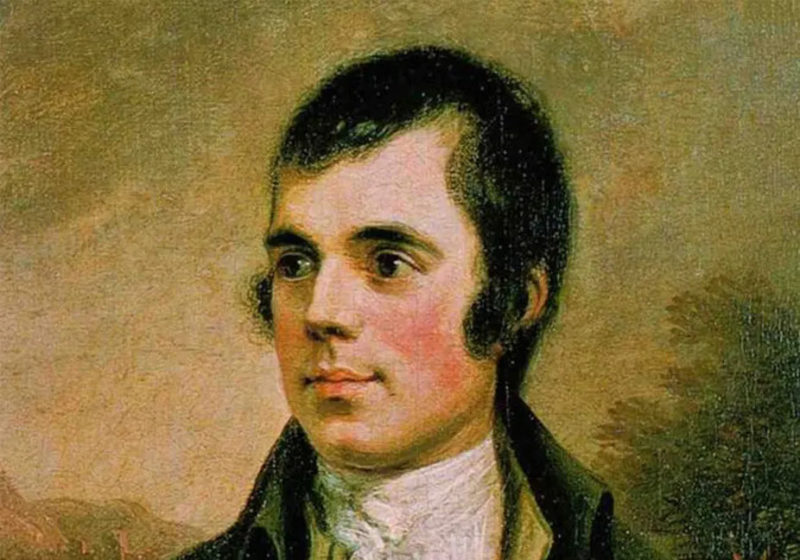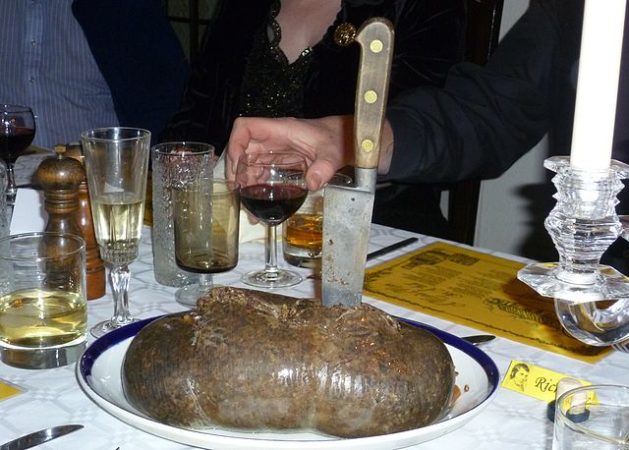- 3-minute read
- 25th January 2021
What Is Burns Night? The Poetry of Robert Burns
Burns Night is celebrated every year on 25 January to celebrate the life of the Scottish poet Robert (aka ‘Rabbie’) Burns. But who exactly was Robert Burns? What did he write? And what happens on Burns Night? Let’s find out.
Who Was Robert Burns?
Robert Burns was a Scottish poet and lyricist from the eighteenth century. As well as writing his own work, he collected and adapted folk songs from all over Scotland. He combined this with work as a farmer and, later, as an exciseman.
Sadly, he lived a short life, dying at the age of just 37. But Burns produced a lot of work, including the many songs he collected, reworked, or wrote new lyrics to.
Now considered Scotland’s national poet, Burns wrote in the Scots language, a rarity at the time. This iconic status and popularity in Scotland led to the affectionate nickname ‘Rabbie’ (a Scots version of ‘Robbie’).

Burns was also a writer who spoke to the common man, having come from a farming background. He wrote about universal themes that anyone can relate to, including love, social justice, and the natural world. You can see this in famous poems such as ‘A Red, Red Rose’, ‘Ae Fond Kiss’, and ‘Tam o’ Shanter’.
Roberts Burns has also influenced many famous people, from Abraham Lincoln (a devoted fan) to Bob Dylan (who called Burns his ‘greatest inspiration’).
In addition, the author John Steinbeck based the title of his famous novel Of Mice and Men on a line from Burns’ poem ‘To a Mouse’:
The best laid schemes o’ Mice an’ Men
Gang aft agley,
An’ lea’e us nought but grief an’ pain,
For promis’d joy!
Find this useful?
Subscribe to our newsletter and get writing tips from our editors straight to your inbox.
His popularity also led to the rise of Burns Night. But what does this involve?
What Is Burns Night?
In Scotland, Burns Night is celebrated on 25 January to mark the birthday of Robert Burns. This usually takes the form of a Burns supper, which features the traditional Scottish dish of haggis, Scotch whisky, and readings of Burns’ poetry. The first one was held by Burns’ friends in 1801, only five years after his death.

(Photo: Kim Traynor/wikimedia)
At one of the many Burns Clubs around the world, a formal Burns supper would also involve a bagpipe player playing as the dish is brought to the table and the host reciting ‘Address to a Haggis’ before everyone eats.
The meal is followed by speeches that toast Burns’ memory, the ‘lassies’ (or ladies) present, and the ‘laddies’ (or men) attending. And after more readings or songs, the night ends with everyone singing his most famous song, ‘Auld Lang Syne’.
So, this 25 January, why not join the celebration with some haggis, tatties (potatoes), neeps (mashed swedes), and a big helping of Rabbie Burns’ work?
Expert Poetry Proofreading
If celebrating Burns Night inspires you to write your own poetry, our writing experts can help you with the editing and proofreading. You can even upload a 500-word trial document for free, so you won’t have to pay a penny to find out how it works.